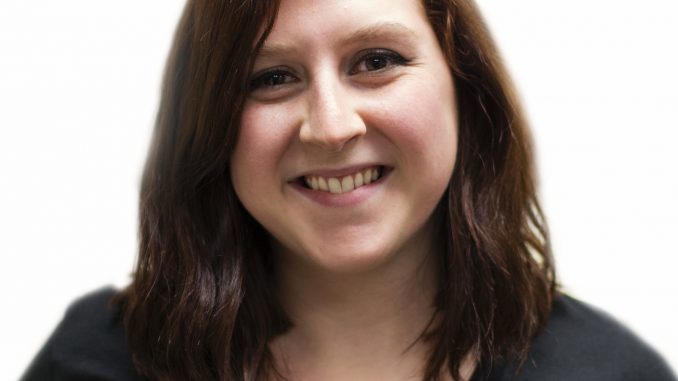
I was running down the steps of the subway and out of the cold, dreary day when my friend came out to me.
was running down the steps of the subway and out of the cold, dreary day when my friend came out to me.
I remember first thinking, “There’s only 30 seconds until the train comes” and a very close second, “Did she just say she was pansexual?”
We made the train with a bit of running on the way to meet up with some other friends, but all I could do was repeat the word over and over in my head. Wikipedia, thankfully, knew what it meant, and I surveyed the entire article in the few minutes the subway took to get from City Hall back to the Cecil B. Moore station.
I felt dumb, really, relying on a website to tell me about the experiences my friend had gone through – almost like I had failed her. I realized I was one of the millions of others who had no idea what the term meant, probably because my sexual education had failed me.
Later, when I had the time to talk at length with my friend, I unloaded a million questions. Pansexuality is a term chosen by some individuals, my friend explained, who find themselves romantically or otherwise interested in same-sex, opposite-sex, transgender and and gender non-binary partners. My friend explained that her comfort in the term comes from its “pan” prefix, inclusive in nature.
I, as a cisgender, heterosexual woman, will never be able to understand the hardships and complications that come with being accepted in a society that thrives on neat, clear boxes. I fit very ideally into those boxes, as did many of the people I had learned about in school up to this point. Perhaps this was why we weren’t educated on those who aren’t defined by common terms – it goes against the conformity that the public education system thrives on.
I wondered when this gap in learning started, mainly because I attended a public school that offered many opportunities for sexual education.
I enrolled in a human sexuality class at Temple this semester and for the first time in my education, my peers and I began to have in-depth conversations about sexuality in terms of identity.
My professor, Amanda Czerniawski, recently asked the class to consider the type and amount of sexual education we received and design the ideal environment and curriculum for learning about sex.
It didn’t take long to realize that most of us in the room had never learned about sexual identities in a formal setting unless they had taken some sort of a sociology course. Most of us that had didn’t do so until college, and even then, it wasn’t in the form of a required course, but some sort of elective.
In Pennsylvania, no sex education is required; it is decided at a local level, as is what topics should be taught. When discussing this with my classmates, we realized that while many of us had some form of sex education, it was purely biological and stressed reproductive health.
When I talked to my friend about this, she described discovering the term for her sexuality on Tumblr.
“I saw a text post about hotlines you could call if you needed support or information about different sexualities,” she said. “From there, I Googled it, and thought, ‘Well, that’s me.’ I always knew I wasn’t straight, but I knew I wasn’t gay either.”
My friend suggested that if sexualities were introduced as human experiences instead of just purely the chemical interactions and biological reactions, they may have found the term they use to describe their sexuality much sooner.
“It would help so many people,” she said. “We’re introduced to sexuality in terms of categories – gay, straight, maybe bisexual, depending on where you grew up. What happens if you realize you aren’t any of those things?”
Czerniawski acknowledged that learning about identities is not as cut and dry as being able to identify all of the parts of the reproductive systems, but they are just as significant.
“Something that is lived and experienced cannot be put in an infographic or chart,” Czerniawski said. “The relationship aspect of sexuality is often left out of sexual education.”
I was astonished when I realized that there was no required course to educate the masses at Temple about a community that is struggling at gaining allies and facing problems of blatant discrimination in many states, Pennsylvania included.
While Temple does a great job on imprinting the importance of consent and safe sex during freshman orientation, as well as in the residence halls, sexual education for college students should extend much past these topics and become more inclusionary, especially in a time where previous reporting by The Temple News acknowledges the strain that simple ignorance sometimes puts on the LGBTQ community here.
While several classes offered at Temple study human experiences and look specifically at how sexual identity affects those experiences, only the handful of students that enroll in these courses receive this information. To not acknowledge a hole in the system at Temple, a university that prides itself on understanding the diversities of its students, seems unwise.
A required curriculum surrounding types of identities – ethnicities, sexualities, gender, class – would greatly improve the quality of life for many students on campus and better acquaint the university as a whole to the many facets of the human experience.
Paige Gross can be reached at paige.gross1@temple.edu or on Twitter @By_paigegross


Be the first to comment